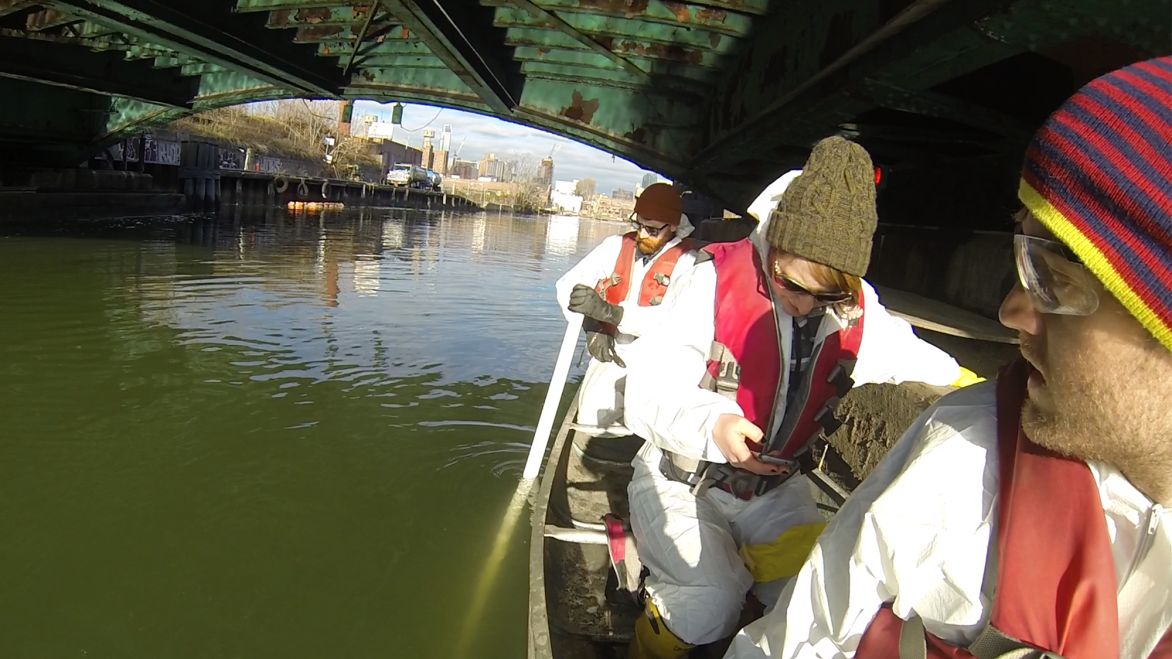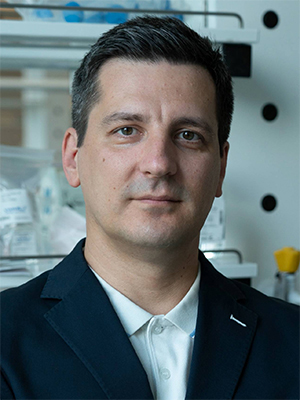Environmental Study Offers Blueprint for Urban Health
By Office of the President | Apr 22, 2025

A new study co-led by Sergios-Orestis Kolokotronis, Ph.D., Assistant Professor of Epidemiology and Infectious Diseases, Elizabeth Hénaff, Ph.D., Assistant Professor at NYU Tandon School of Engineering, and researchers from Weill Cornell Medicine, uncovers a diverse microbial ecosystem in the sediment of the Gowanus Canal—long considered a symbol of industrial pollution and environmental neglect.
The study reveals a surprising source of hope in one of Brooklyn’s most polluted waterways.

Sergios-Orestis Kolokotronis, Ph.D.
Despite over 150 years of toxic dumping and sewage overflows, the Canal hosts more than 450 microbial species and over 1,100 genes tied to detoxification, including 64 metabolic pathways capable of degrading pollutants like petroleum hydrocarbons and arsenic. These findings suggest the Canal’s microbial life adapts to toxic conditions and may also actively contribute to environmental restoration.
The team conducted the site’s first detailed microbial and genetic survey, retrieving sediment samples using protective gear and EPA-coordinated access. They found microbial traits that hold promise for bioremediation—natural methods of cleaning pollution—which could provide sustainable alternatives to invasive, high-cost interventions.
At the same time, the study, published in the Journal of Applied Microbiology, and reported in Popular Science, identified 28 antimicrobial resistance (AMR) genes across eight drug classes, some associated with human gut bacteria. This discovery raises concerns about the Canal as a potential AMR reservoir, underscoring the importance of integrating environmental surveillance into public health planning. This intersection of environmental exposure and health vulnerability highlights the need for targeted action in dense urban communities like those surrounding Gowanus—where research can inform more equitable health and environmental policies.
The findings come from the Environmental Protection Agency’s undertaking of a $1.5 billion remediation of the Gowanus Canal. The study offers a complementary path rooted in biology, collaboration, and the possibility that sustainable recovery may already be underway. By adding microbial insight to traditional infrastructure efforts, the research expands the tools available to city planners, scientists, and policymakers working to clean and safeguard urban environments.
This achievement speaks to our researchers’ excellence and a shared mission of advancing health, equity, and innovation for all communities, especially those long overlooked. It is a reminder that solutions to the most complex environmental challenges can emerge from collaboration, creativity, and commitment.
Congratulations to Dr. Kolokotronis and all the partners involved in this vital work. Downstate is proud to write the story of urban restoration in Brooklyn.